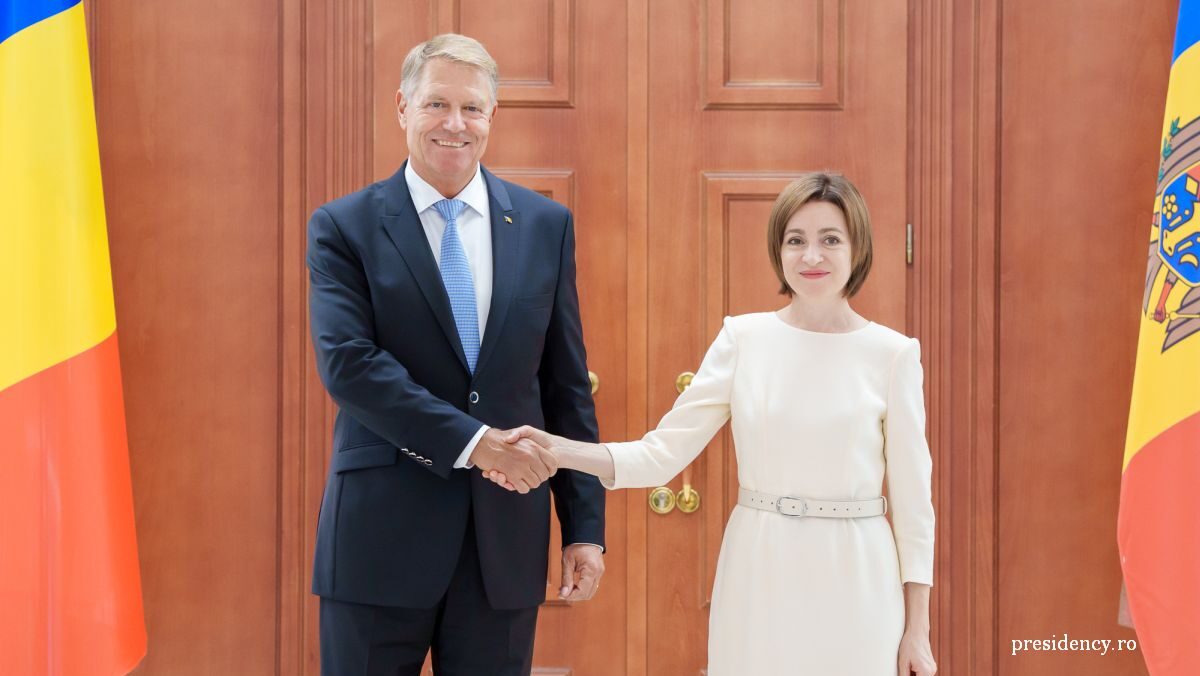Monetary Policies
Since the summer of 2013, Europe has been showing signs of economic recovery.

Corina Cristea, 17.01.2014, 13:20
Since the summer of 2013, Europe has been showing signs of economic recovery, and although many EU citizens are still struggling with difficulties, Europeans have reasons to be optimistic this year. This is the opinion shared by European Commission vice-presidents Viviane Reding and Olli Rehn, who see three means for Europe to emerge stronger from the crisis. These are the continuation of structural reforms, an efficient banking system, and, last but not least, a robust framework for the Union’s political and budgetary policy.
A look at the agenda of the European Commission and European Parliament shows that their underlying theme is the resumption of economic growth. Brussels has already announced that an estimated 30 initiatives will be launched this year, most of them aimed at revising current EU regulations in order to encourage growth-generating sectors. Romania concluded the year 2013 with a budget deficit of roughly 2.5% of the GDP and a 2.7% economic growth rate. The Government of Romania, the International Monetary Fund and the European Commission had forecast a 2.2% growth rate, after an initial target of 1.6%. The latest data released by the National Statistics Institute reveal however an unexpected drop of the industry turnover in November, compared to the previous month. Economic analyst Constantin Rudniţki believes that, although it is too early to talk about a reversing trend, the signals coming from exporters hardly indicate an easy ride in 2014:
“Strictly speaking, we can’t say yet that there was a slow-down in industry in November. It might be a situation prompted by specific circumstances, so we are yet to determine whether there is a real problem in the industrial sector. I think we will see this as soon as we have the data for January. Judging by the information coming from exporters, the year 2014 will not be easy. We’ll have to wait and see whether the positive elements of the past years, namely the increase in exports and new orders, are preserved in 2014. On the other hand, we have a new calendar for liberalising the natural gas and electricity prices, and we have new taxes introduced in the Romanian fiscal system. This is a year when royalties are going up or are being re-discussed. Also, this is a year when excise duties are being calculated in a different way and actually they have already gone up. All this may render Romanian products less competitive outside the country, because costs incurred by companies are on the rise to.”
On the other hand, major decisions, whose potential economic impact is significant, have already been made by the National Bank of Romania. Analysts have hailed the Bank’s decision to reduce the monetary policy interest rate and the minimum compulsory reserve rate for liabilities in lei and foreign currencies and have stated that these decisions will help finance the economy. Here is analyst Radu Soviani in an interview to Radio Romania:
“ In the coming period the market will tell us if these decisions have been the right ones. For the time being, just by looking at it, we can say that this is the most comprehensive set of monetary policy measures taken by the National Bank of Romania since the onset of the crisis. It looks as if the National Bank pushed three buttons at once and this is something it had never done before in times of crisis. It pushed the interest button and had interest rates drop, it pushed the minimum compulsory reserves in lei button and the reserves dropped as well, and it pushed the button of minimum reserves in foreign currencies, and they too dropped. It’s debatable whether it was the right time to do that or the Bank should have done that two or three years ago. For the time being, we are waiting for the market to show us if those decisions were right because they lead towards one thing, namely the drop in the prices of loans in the national currency. A lower interest rate set by the Central Bank is an impetus for commercial banks to reduce the interest rate on loans in lei and it’s not a first, as this has been the fifth consecutive drop in interest rates.”






























